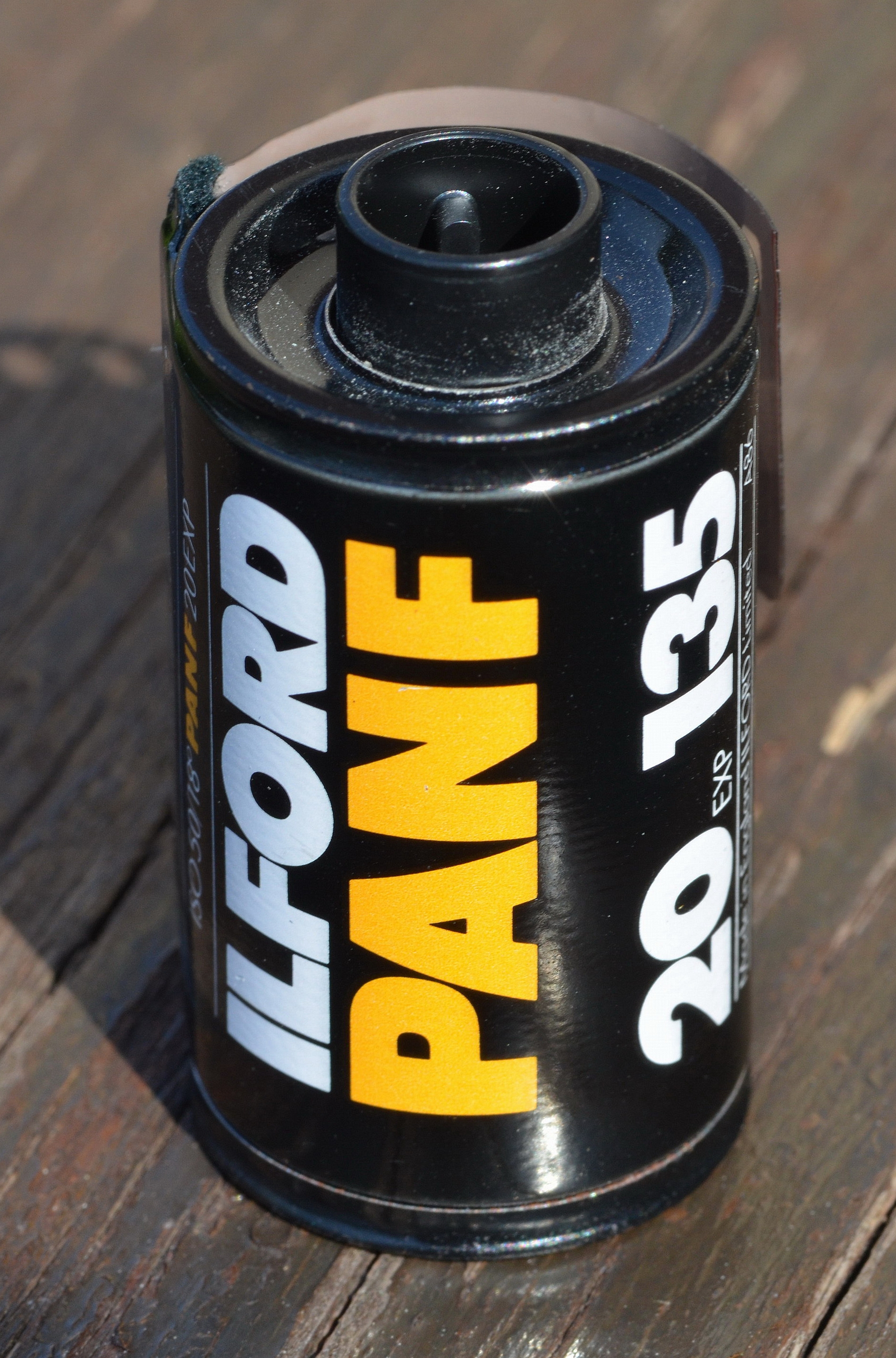|
Ilford Manual Of Photography
The ''Ilford Manual of Photography'' is a comprehensive manual of photography, first published in 1890, written by C.H. Bothamley, and published by the Britannia Works Company, which became Ilford, Limited, in 1901. It is still in print, now named ''The Manual of Photography''. Technical information regarding optics, chemistry and printing are described in far greater depth than in other photographic books, and therefore it quickly became the staple technical book for the professional or serious amateur photographer. It remained so for some time, and with each additional edition further information was added so that it might remain relevant. It still lines the bookshelves of many serious photographers, consequent to its tremendous depth, and the publication of many of the recipes for developers, including the popular ID-11 and IF-2, Ilford Photo's then non-hardening fixer. This represents a tremendous boon for the photographer, and did even more so in the early 20th century, when ... [...More Info...] [...Related Items...] OR: [Wikipedia] [Google] [Baidu] |
Photography
Photography is the art, application, and practice of creating durable images by recording light, either electronically by means of an image sensor, or chemically by means of a light-sensitive material such as photographic film. It is employed in many fields of science, manufacturing (e.g., photolithography), and business, as well as its more direct uses for art, film and video production, recreational purposes, hobby, and mass communication. Typically, a lens is used to focus the light reflected or emitted from objects into a real image on the light-sensitive surface inside a camera during a timed exposure. With an electronic image sensor, this produces an electrical charge at each pixel, which is electronically processed and stored in a digital image file for subsequent display or processing. The result with photographic emulsion is an invisible latent image, which is later chemically "developed" into a visible image, either negative or positive, depending on the purp ... [...More Info...] [...Related Items...] OR: [Wikipedia] [Google] [Baidu] |
Ilford Photo
Harman Technology, trading as Ilford Photo, is a UK-based manufacturer of photographic materials known worldwide for its ILFORD branded black-and-white film, papers and chemicals. Historically it also published the '' Ilford Manual of Photography'', a comprehensive manual of everything photographic, including the optics, physics and chemistry of photography, along with recipes for many developers. Under the ownership of the industrial conglomerate ICI in the 1960s, the company produced a range of Ilfochrome (Cibachrome) and Ilfocolor colour printing materials at a new plant in Switzerland developed in partnership with the Swiss company CIBA-Geigy, which later acquired ICIs shares. By the 2000s, as the UK - Swiss company Ilford Imaging, the decline of the film market saw the UK company in receivership by 2004, but rescued by a management buy out; Harman Technology Ltd, which today continues the production of traditional black-and-white photographic materials, under the ILFORD, ... [...More Info...] [...Related Items...] OR: [Wikipedia] [Google] [Baidu] |
Ansel Adams
Ansel Easton Adams (February 20, 1902 – April 22, 1984) was an American landscape photographer and environmentalist known for his black-and-white images of the American West. He helped found Group f/64, an association of photographers advocating "pure" photography which favored sharp focus and the use of the full tonal range of a photograph. He and Fred Archer developed an exacting system of image-making called the Zone System, a method of achieving a desired final print through a deeply technical understanding of how tonal range is recorded and developed during exposure, negative development, and printing. The resulting clarity and depth of such images characterized his photography. Adams was a life-long advocate for environmental conservation, and his photographic practice was deeply entwined with this advocacy. At age 12, he was given his first camera during his first visit to Yosemite National Park. He developed his early photographic work as a member of the Sierra C ... [...More Info...] [...Related Items...] OR: [Wikipedia] [Google] [Baidu] |
Photographic Collections And Books
Photography is the art, application, and practice of creating durable images by recording light, either electronically by means of an image sensor, or chemically by means of a light-sensitive material such as photographic film. It is employed in many fields of science, manufacturing (e.g., photolithography), and business, as well as its more direct uses for art, film and video production, recreational purposes, hobby, and mass communication. Typically, a lens is used to focus the light reflected or emitted from objects into a real image on the light-sensitive surface inside a camera during a timed exposure. With an electronic image sensor, this produces an electrical charge at each pixel, which is electronically processed and stored in a digital image file for subsequent display or processing. The result with photographic emulsion is an invisible latent image, which is later chemically "developed" into a visible image, either negative or positive, depending on the purpose ... [...More Info...] [...Related Items...] OR: [Wikipedia] [Google] [Baidu] |
Photography In The United Kingdom
Photography is the art, application, and practice of creating durable images by recording light, either electronically by means of an image sensor, or chemically by means of a light-sensitive material such as photographic film. It is employed in many fields of science, manufacturing (e.g., photolithography), and business, as well as its more direct uses for art, film and video production, recreational purposes, hobby, and mass communication. Typically, a lens is used to focus the light reflected or emitted from objects into a real image on the light-sensitive surface inside a camera during a timed exposure. With an electronic image sensor, this produces an electrical charge at each pixel, which is electronically processed and stored in a digital image file for subsequent display or processing. The result with photographic emulsion is an invisible latent image, which is later chemically "developed" into a visible image, either negative or positive, depending on the purpose ... [...More Info...] [...Related Items...] OR: [Wikipedia] [Google] [Baidu] |


.jpg)
